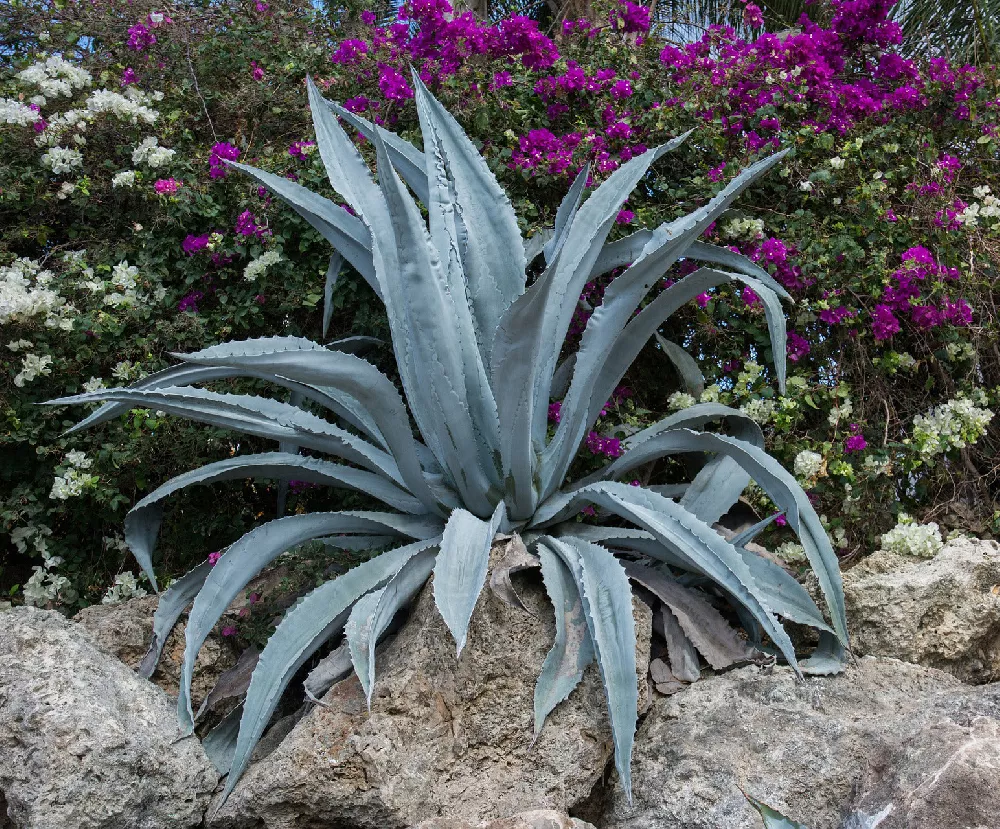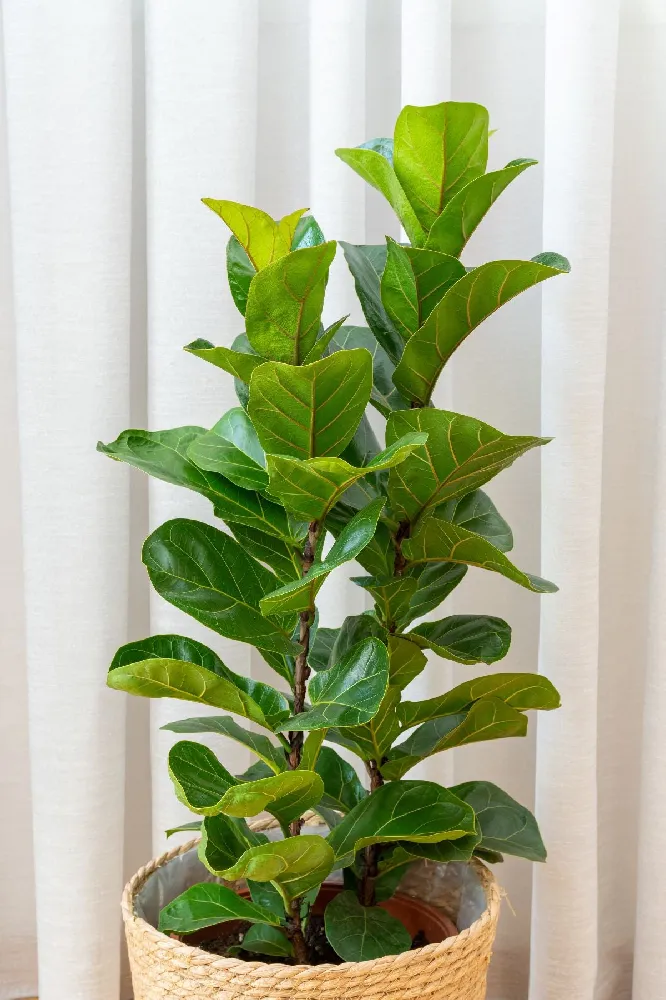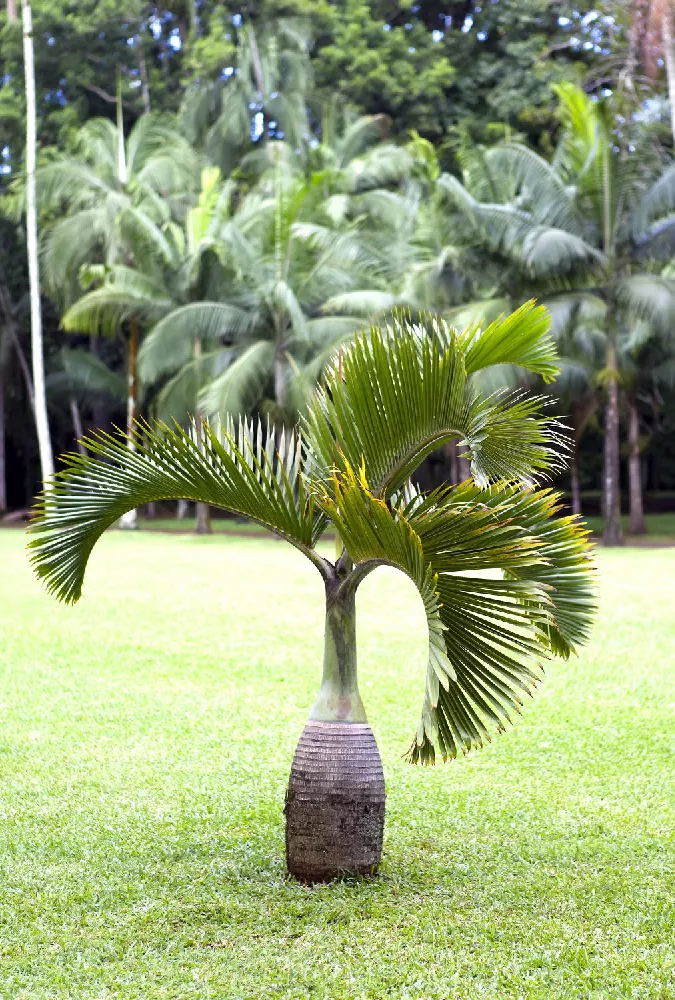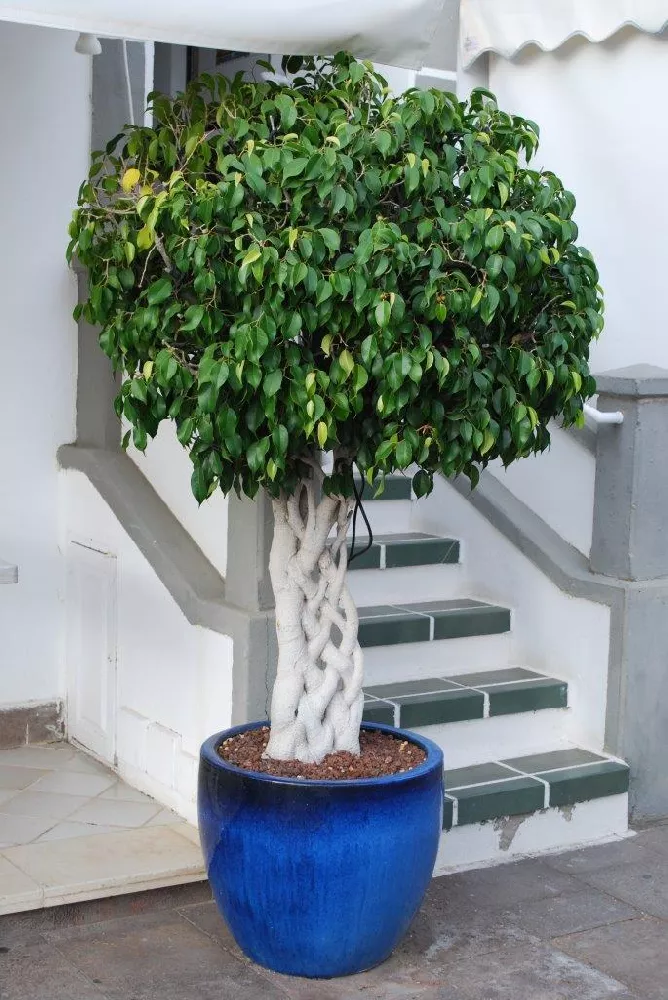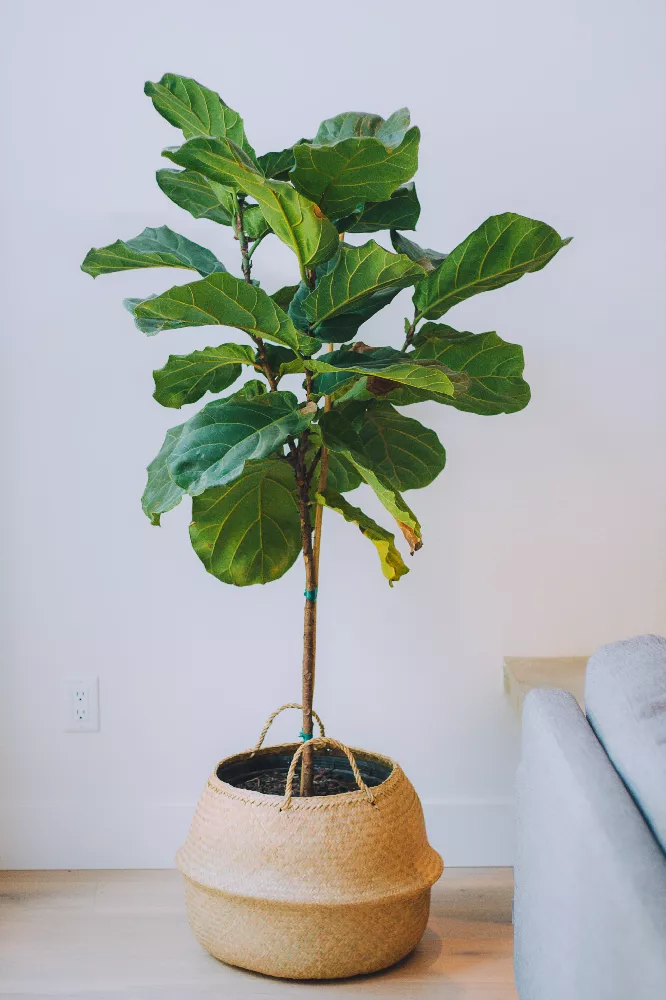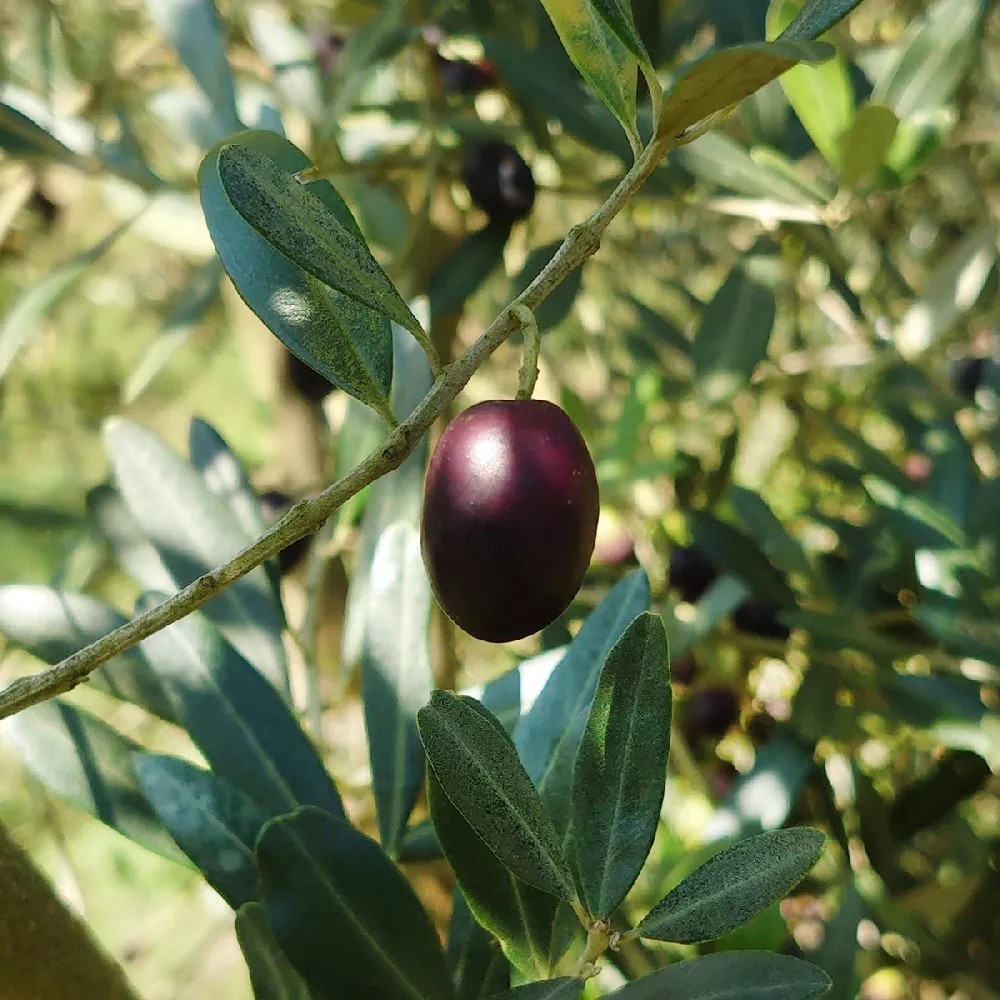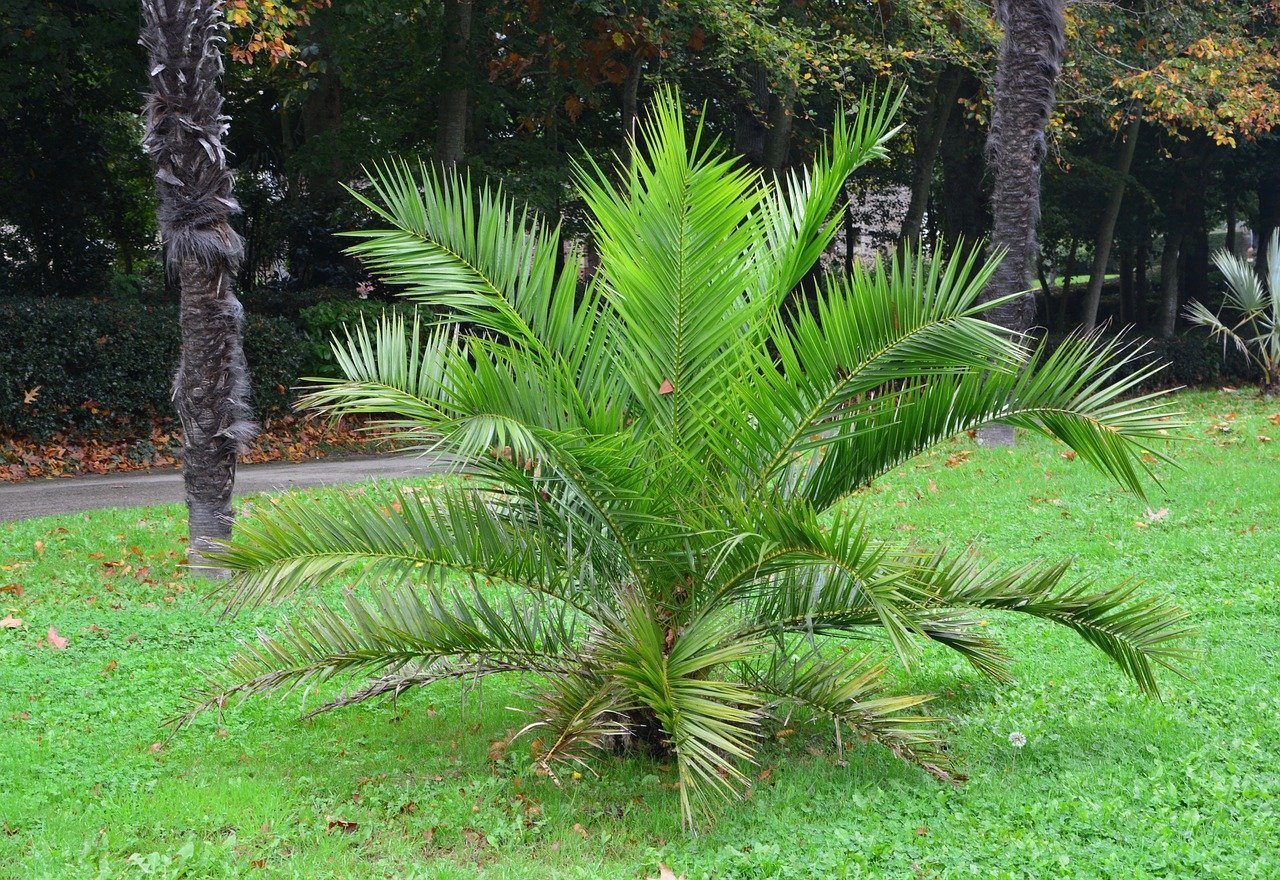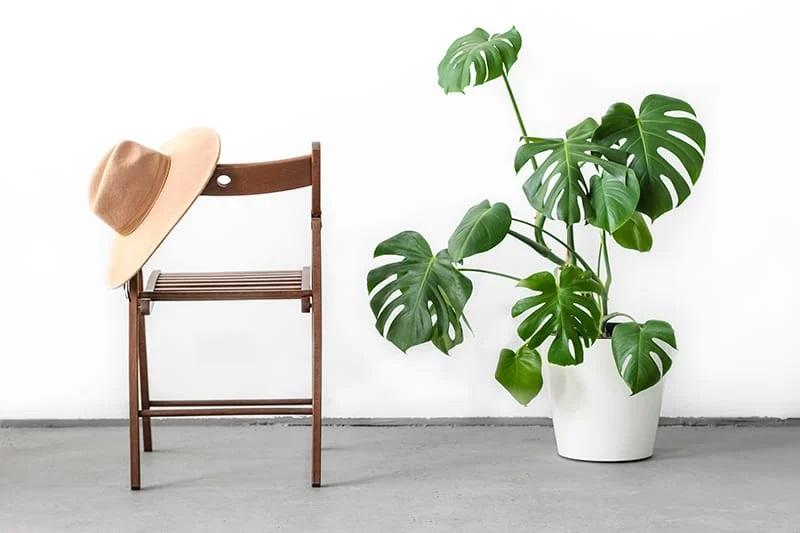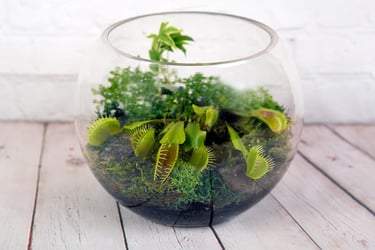- Home >
- Houseplants
Houseplants for Sale - Buying & Growing Guide
Filters
Price Range
Growing Zones
Plant Type
Flower Color
Sunlight
Mature Height
Plant Characteristics
142 Results
-
Growing Zone(s): 4-11 patio / 8-11 outdoors$88.95
$114.95Save up to 22% -
Growing Zone(s): 7-11$28.95
-
Growing Zone(s): 3-11 / Indoors$64.95
$70.95Save up to 8% -
Growing Zone(s): 3-11 / 10-11$74.95
$149.95Save up to 50% -
Growing Zone(s): 3-11 / 8-11$75.95
$97.95Save up to 22% -
Growing Zone(s): 3-11 / Indoors$54.95
-
Growing Zone(s): 3-11 / Indoors$51.95
$70.95Save up to 26% -
Growing Zone(s): 3-11 / Indoors$54.95
-
Best SellerGrowing Zone(s): 3-11 / Indoors$72.95
-
Growing Zone(s): 3-11 / Indoors$29.95
$46.95Save up to 36% -
Growing Zone(s): 3-11 / 8-11$74.95
$149.95Save up to 50% -
Growing Zone(s): 4-7$27.95
$31.95Save up to 12%
Houseplants – Buying & Growing Guide
Have you ever visited a friend's home and been amazed at how many lovely plants fill their living spaces? If so, you likely imagined they must be an expert gardener. But the truth is that owning and caring for houseplants is something that gardeners of all skill levels can enjoy.
Types of Houseplants
| Type | Growing Zones | Mature Height | Sun | Features |
| Snake plant, Sansevieria trifasciata | 10-11 | 4 to 6 feet | Shade to part shade: 4 hours or less | Upright leaves with elongated stripes. |
| Aloe plant, Aloe vera | 8-11 | 12 to 24 inches | Full sun to part shade: 4 to 6 hours | Long green leaves with spikes along the margins. |
| Dragon tree, Dracaena draco | 9-11 | 7 to 8 feet | Full sun to part shade: 4 to 6 hours | Long slender leaves and stems. |
| Pothos, Epipremnum aureum | 10-12 | 15 to 20 feet | Partial Shade: 3 to 4 hours | Long trailing vine with variegated leaves. |
| Minima plant, Echeveria minima | 9-11 | 2 to 3 inches | Full sun to part shade: 4 to 6 hours | Spiral of thick, blue-green leaves. |
| Zebra plant, Aphelandra squarrosa | 11-12 | 12 to 24 inches | Shade to part shade: 4 hours or less | Bold leaves with white stripes. |
| Cast-iron plant, Aspidistra elatior | 8-10 | 2 to 3 feet | Shade to part shade: 4 hours or less | Reliable indoor plant with long, rounded leaves. |
| Spider plant, Chlorophytum comosum | 9-11 | 1 to 2 feet | Full sun: 6 to 8 hours | Thin, two-toned leaves. |
How to Care for Houseplants
As is always the case, you should take time to study the distinct needs of each plant that you intend to grow. Then evaluate those needs against what you can supply in your intended growing area. If you can give your plant the right amount of sun, heat, and water, you are well on your way to raising a healthy houseplant.
However, there are some challenges specific to growing plants indoors. One topic you should address is humidity. Many of the plants we grow indoors enjoy a humid environment. A home with air conditioning or heating may make the air too dry for your plants.
Another detail you should attend to is the size of the containers you use. Since there is no natural soil on your home’s floor, you will need to rely on containers to support root development. You will eventually need to transplant your houseplants from one container to another when their roots get too expansive.
The Benefits of Houseplants
Once you begin growing plants in your home, you may be somewhat shocked to realize how many benefits there are to keeping up with that hobby. The most obvious outcome you’ll appreciate is the beauty that plants can add to your living spaces. There are so many types of houseplants, each with different growth habits, flowers, and leaves that you are bound to find one that you like and that suits your home’s interior appearance.
What is more impressive is that owning houseplants is beneficial beyond the visual appeal. In fact, there is some evidence suggesting that tending to houseplants is beneficial psychologically.
Caring for plants can cause you to become more attentive, having grown accustomed to caring for plants. It can also relieve stress levels. More generally, house plants can have an overall calming and peaceful effect on your entire home. For those reasons and more, indoor gardening with house plants remains an engaging experience for those of all ages and gardening experience levels.
Beware of Toxicity
Plants are a tremendous addition to any home, but there are some cases in which you should be wary of bringing home a new plant. If you have pets or small children, you should be especially cautious. There are numerous common houseplants that can be toxic to pets, humans, or both. Those toxins can cause a range of maladies, some of which can be deadly. To eliminate that risk, avoid housing any plants that pose a poisonous threat to kids, cats, or dogs. After all, while there are many benefits to indoor plants, none are worth causing a medical emergency.
